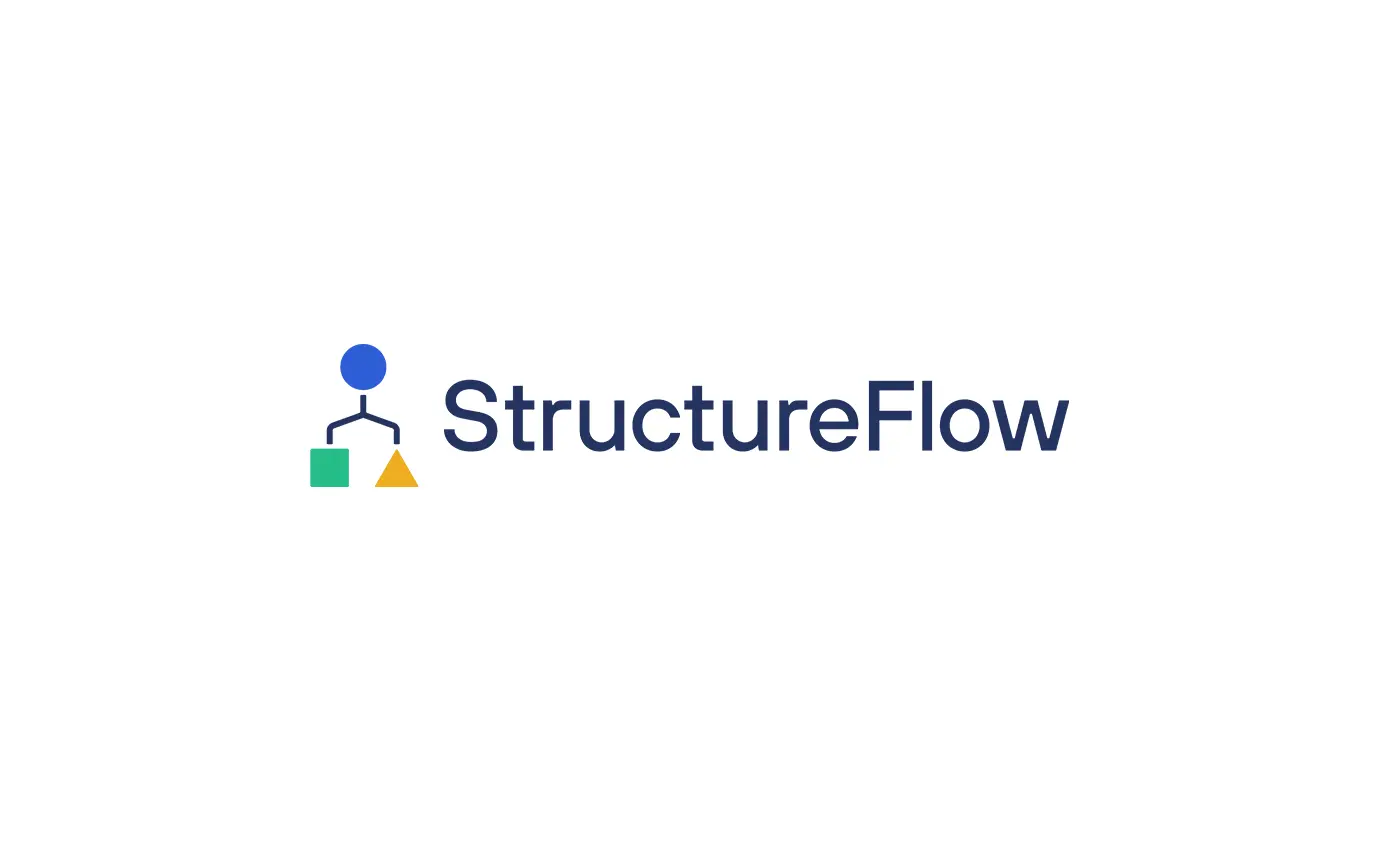StructureFlow Turns Diagrams Into Dialogue for Legal Teams
From Whiteboard to Walkthrough
There’s a certain irony to modern legal work: while documents have gone digital, structure charts, timelines, and step plans still get scribbled on whiteboards or patched together in PowerPoint. StructureFlow, a legal tech company based in the UK, wants to change that—not by reinventing legal thinking, but by giving professionals a better way to show what they already know.
Founded in 2018 by former corporate lawyer Tim Follett, StructureFlow focuses on visual modeling for complex legal, corporate, and financial scenarios. The idea is simple: if you can picture the structure, you’re halfway to explaining it. And when your team, client, or counterpart actually understands it? Deals move faster, disputes make more sense, and meetings stop spinning in circles.
Less Drag, More Drop
Most corporate lawyers have, at some point, wrestled with PowerPoint boxes that won’t align or tried to explain an ownership chain using a spreadsheet. StructureFlow clears that clutter with tools that do the diagramming for you. Want to turn an Excel sheet into a group chart? Done. Prefer to start with a text description or a sketch from last Thursday’s partner meeting? Drop it in and let the AI take a pass.
This automation doesn’t mean giving up control. Lawyers can model funding flows, insert contract relationships, and tag key documents directly in the diagram. Need to tweak step plans after a tax ruling or client instruction? A change in one step carries through the sequence without needing a full rebuild.
What used to take hours in presentation software now takes minutes. And it doesn’t look like an afterthought—it looks polished, client-ready, and easily editable for last-minute changes.
Timelines That Do More Than Just Count the Days
Timelines are often used to track events in litigation or compliance matters, but they’re rarely built with the lawyer in mind. StructureFlow’s timeline tool reads directly from case files, extracting dates and events using AI to generate a visual sequence. It’s quicker than manually charting a chain of emails or filling in boxes in PowerPoint or Visio—and smarter, too, since it allows you to embed supporting documents directly into each point on the timeline.
That kind of connection between data and diagram matters. When timelines are accurate and accessible, disputes are easier to explain, and key facts don’t get buried.
Better Diagrams, Fewer Misunderstandings
StructureFlow isn’t only for litigators or corporate specialists. Investment professionals, tax advisors, and private client lawyers are also using it to sketch out structures, identify issues, and collaborate across teams.
Flowcharts, step plans, and process maps are all part of the same toolkit, allowing users to build out not just what a deal looks like but how it’s supposed to move. Finished diagrams can be exported to branded reports in PowerPoint or shared interactively with clients.
What sets it apart, in addition to the cleaner look, is the way information can be linked, updated, and reused. That’s especially useful in firms where projects get passed between teams or picked up again months later.
Trusted by the Big Names
StructureFlow has picked up traction among global firms, with Baker McKenzie, Holland & Knight, Linklaters, and Slaughter and May all on its client list. More than 50 major legal and professional services firms now use the platform, often bringing it in not as a standalone tool, but as an extension of how they already work.
Its strength lies in its specificity. Rather than trying to be everything for everyone, it’s aimed at people who need to explain transactions, reorganizations, and corporate disputes without writing another 30-slide deck to do it.
For lawyers still sketching diagrams on paper or piecing together visuals at the last minute, StructureFlow doesn’t change what they know. It just gives them a faster, smarter way to show it.
Is Your Firm Missing Out on the Next AI Game-Changer?
Before you invest time and money in AI tools, consider this:
The experts behind The Legal Wire are tracking the most powerful AI tools transforming legal work today—tools your competitors might already be using.
Imagine if your firm had adopted an AI tool like this six months ago. The saved hours and reduced costs could already be driving results you only dream about now.
Don’t get left behind—subscribe and join thousands of legal professionals transforming their practice with AI. The Weekly Legal Wire is all it takes to stay ahead, work smarter, and gain the competitive edge you need to win.




